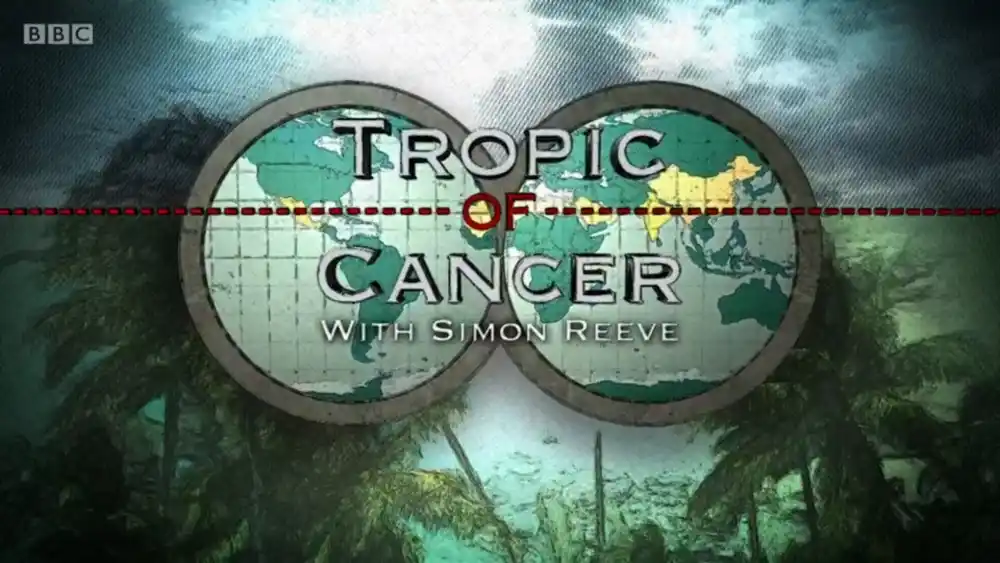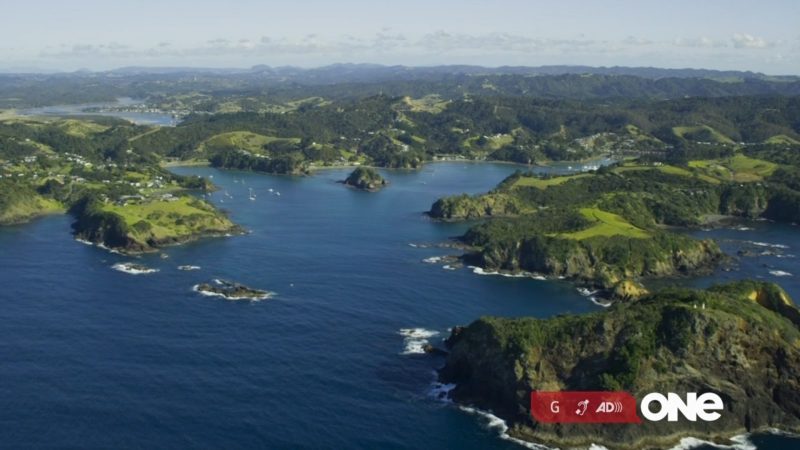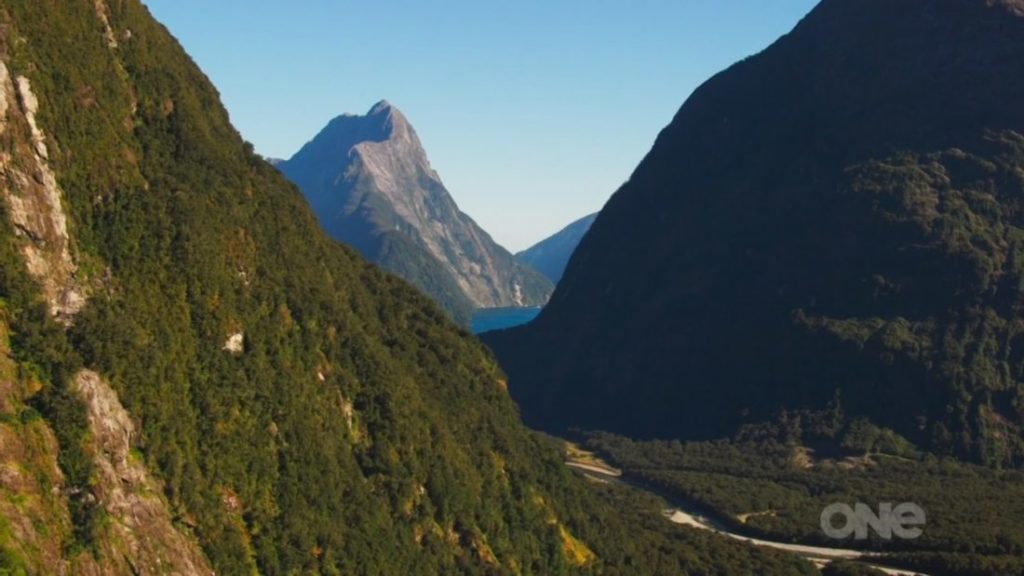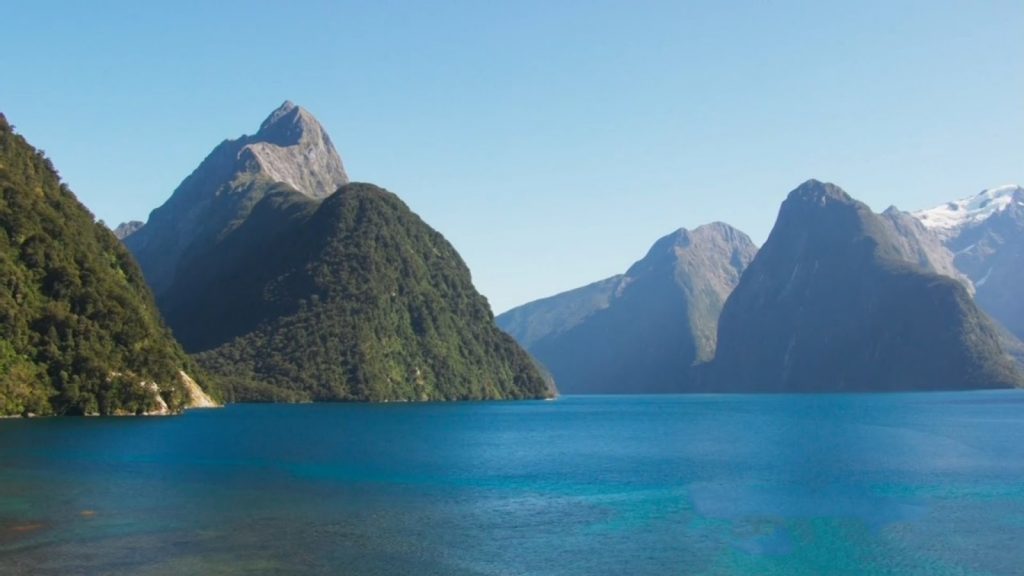Tropic of Cancer with Simon Reeve Episode 5 – Simon Reeve embarks on another leg of his grand adventure, circumnavigating the globe as he traces the course of the Tropic of Cancer, the distinct northern boundary of the vibrant tropics region. In this captivating episode, Simon’s travels take him to the heart of Bangladesh. There, he sets sail on the powerful Padma River, navigating its expansive waters. He also has the chance to witness an age-old fishing technique firsthand: local fishermen utilizing well-trained otters to herd fish seamlessly into their nets. As he continues his journey, a stark reality unfolds. The riverbanks, which have withstood the test of time, now seem to disintegrate right before his gaze.
This alarming rate of river erosion is believed to be a direct consequence of global climate change. But the revelations don’t stop there. In Dhaka, the country’s capital, Simon meets and engages with just a fraction of the staggering number of child laborers, providing a poignant insight into their lives.
Taking a daring detour from North East India, Simon braves treacherous terrains, weaving through dense jungles and navigating tumultuous rivers to cross into Burma. The goal? To meet the Chin people, an ethnic group with a resilient spirit, yet tragically subjugated and maltreated by the Burmese government.
After his remarkable explorations around the Tropic of Capricorn and the equator, this series stands as the crowning jewel in Simon’s trilogy. It is a culmination of his deep dive into the diverse and wondrous tropics region, marking his most challenging, expansive, and ambitious adventure to date.
Tropic of Cancer with Simon Reeve Episode 5
Simon Reeve continues his epic journey around the world following the tropic of Cancer, the northern border of the tropics region. This episode takes Simon through Bangladesh and on a perilous covert journey into Burma, where western journalists are banned.
Sailing Down the Mighty Padma River in Bangladesh
Bangladesh is a watery country crisscrossed by over 700 rivers, the main one being the mighty Padma River, known in India as the Ganges. To avoid the packed roads, Simon opted to travel by boat. He hopped aboard the motorboat Chhuti for a smooth ride to the Bangladeshi capital of Dhaka.
The Padma River basin is home to around 50 million people, making it one of the most densely populated river basins in the world. As Simon’s boat glided along, the landscape was lush and green. Huge rivers like the Padma are constantly eroding away the banks, which are made of mud rather than rock. Land erosion is a major problem in Bangladesh, making thousands homeless every year. Scientists believe climate change is speeding up the rate of erosion.
Simon witnessed the riverbank crumbling before his eyes. Locals were desperately trying to shore it up with sandbags, but the land kept collapsing into the water. One villager said the river had already eaten away 500 yards of land in just two weeks. Increased meltwater from the Himalayas feeding into rivers like the Padma is exacerbating erosion. Bangladesh is on the frontline of climate change impacts, with rising seas and erosion expected to create millions of climate refugees.
Fishing with Otters
To see an extraordinary traditional fishing method, Simon visited the village of Gobra. Fishermen here harness otters to herd fish into their nets. The otters are trained to chase and round up fish, working alongside the fishermen’s boats. Local villager Robin demonstrated his otter fishing partners, who are like family to him.
Otter fishing in Bangladesh dates back over 1,000 years and was once practiced across Asia and Europe. But overfishing is now threatening this ancient tradition. With so many mouths to feed in densely populated Bangladesh, fish stocks are under pressure. Robin’s catch that day with the otters was disappointingly small.
Fishermen used to be able to support their families through otter fishing, but catches have declined. Robin wasn’t sure if his own children would be able to continue this generational practice. But for now, the otters still have an important role to play, helping feed Bangladesh’s growing population.
Child Labour in the Slums of Dhaka
Arriving in the sprawling capital Dhaka, Simon witnessed the chaotic crowds and crushing poverty. Over 13 million people are crammed into the city, with migrants arriving daily from rural areas. Dhaka’s population is projected to double to 25 million in the next 15 years.
Simon met some of the quarter of a million street children who sift through garbage for recyclable scraps. He visited a recycling factory where 10-year-old Jehangir works 12 hours a day. For a wage of just 30 pence, equal to a small bag of rice, Jehangir checks bottles on the production line. His family came to Dhaka from their village out of desperation and hunger.
NGO UNICEF tries to help working children by offering a safe space for recreation and food. At their center, Jehangir can briefly be a child again. But for many families, the meagre wages are all that stand between starvation and survival. Completely banning child labor could force more kids into even riskier work. Poverty drives child labor in Bangladesh, and regeneration requires a multifaceted approach.
Playing Kabaddi – Bangladesh’s National Sport
Despite the daily hardships, Bangladeshis have a playful spirit. Simon discovered this when he tried his hand at Bangladesh’s hugely popular national sport – kabaddi. Players have to chant “kabaddi” continuously to prove they’re not inhaling while they enter the opposition area to tag opponents before returning to their own half.
Simon quickly learned it’s a fast and physical game, resulting in a few injuries. But the fun and laughter transcended the language barrier between Simon and the players. The lighthearted match was a window into the positive attitude of many Bangladeshis. They find opportunities for play and enjoyment, even amid the crowded, difficult living conditions that most endure.
Entering Burma’s Forbidden Lands
Leaving Bangladesh behind, Simon headed east into the remote Indian states of Tripura and Mizoram, which straddle the tropic of Cancer. His next destination was Burma, where the repressive military regime bans foreign journalists. Simon planned a covert illegal crossing into Burma’s Chin State with the help of exiled activist Cheery Zahau.
An Illegal and Dangerous Border Crossing
Approaching the border, Simon learned Burmese troops could be hiding nearby and he felt sick with worry. Soldiers suddenly appeared, but luckily they were from a Chin rebel force, not the Burmese army. Simon’s relief was short-lived when he saw the swollen border river that had to be crossed.
Villagers rigged up a precarious zip line system to ferry Simon’s team over the dangerous waters. They made it to the Burmese side, but were still in grave danger from Burmese patrols. Trekking through rugged terrain and spending nights in the forest, the sense of menace grew. Then news came that Burmese troops were scouring the next village. Simon reluctantly decided they had to abort the mission and escape back over the border under cover of darkness.
Life Under Burma’s Totalitarian Regime
Although he only glimpsed life under Burma’s dictatorship, what Simon witnessed was chilling. In Chin State, Burmese troops act as an occupying force, subjecting the Chin people to forced labour, extortion, rape, and child conscription. The military frequently tortures, arbitrarily arrests, and kills Chin civilians.
Simon met with Christian Chin elders who shared harrowing stories of abuse at the hands of Burmese soldiers. They felt the government deliberately withholds medical care, leaving remote hill villages to fend for themselves. Simon left Burma both awed by the bravery of those who spoke out and determined that the world must not ignore their suffering.
Burma has over 130 different ethnic groups, many enduring horrific oppression. Simon’s dangerous covert journey exposed him to the brutal realities under one of the world’s most totalitarian regimes. It marked probably the most disturbing and unsettling experience of his entire travels.
Conclusion: Reflections on the Tropics
Simon Reeve’s journey along the tropic of Cancer has shown both the incredible beauty and diversity of the tropics, but also intense hardship and suffering. He’s uncovered forgotten tribes and stunning environments, but also shocking abuses of human rights.
Following the tropic of Cancer brought Simon to tightly packed slums as well as forgotten villages unchanged for centuries. He’s witnessed the impacts of overpopulation and global warming but also the resilience of people living on the front line.
As his epic around-the-world journey comes near the end, Simon has gained a unique perspective into the vivid world of the tropics – comprising a third of our planet. The region may be blighted in places but overall it remains magnificent, precious, and well worth fighting for.
FAQ Tropic of Cancer with Simon Reeve Episode 5
How long is the Tropic of Cancer?
The Tropic of Cancer is an imaginary line circling the Earth at approximately 23.5 degrees north of the equator. It runs for about 15,708 miles (25,292 km).
Which countries did Simon Reeve visit along the Tropic of Cancer?
Some of the key countries Simon visited included Mexico, Mauritania, Mali, Algeria, Egypt, Saudi Arabia, India, Bangladesh, and Burma. He started in Cuba and ended in Hawaii.
What dangers did Simon face in Burma?
In Burma’s Chin State, Simon risked arrest or even execution if caught by Burmese troops. Patrols were active in the area he traveled, so he often had to hide and walk at night.
Why is Bangladesh vulnerable to climate change?
Bangladesh sits on a delta plain with over 700 rivers. Much of the country lies just meters above sea level. Rising waters and increased erosion could submerge lands and create millions of climate change refugees.
What is the population of Dhaka?
Dhaka has about 13 million inhabitants but is projected to double to around 25 million in 15 years. Hundreds of thousands live in slums without basic services.




